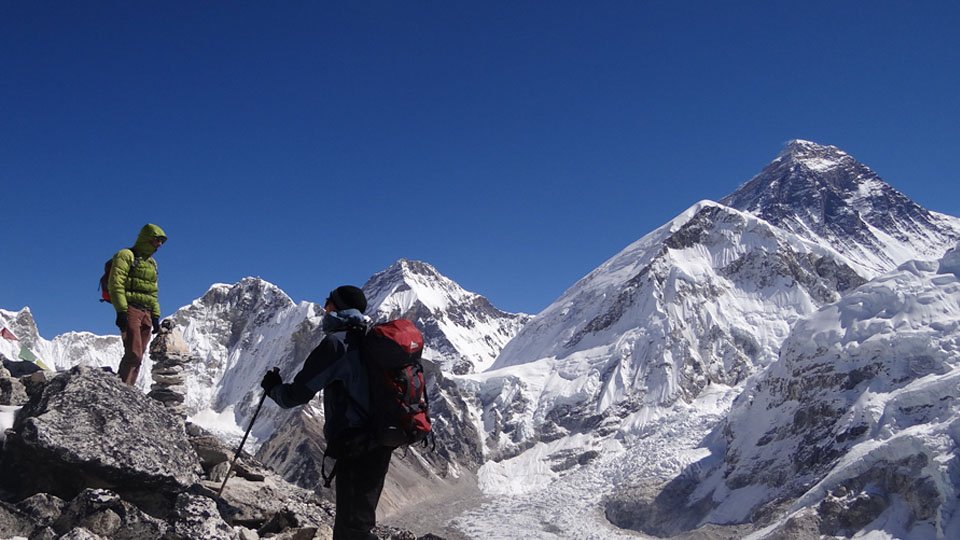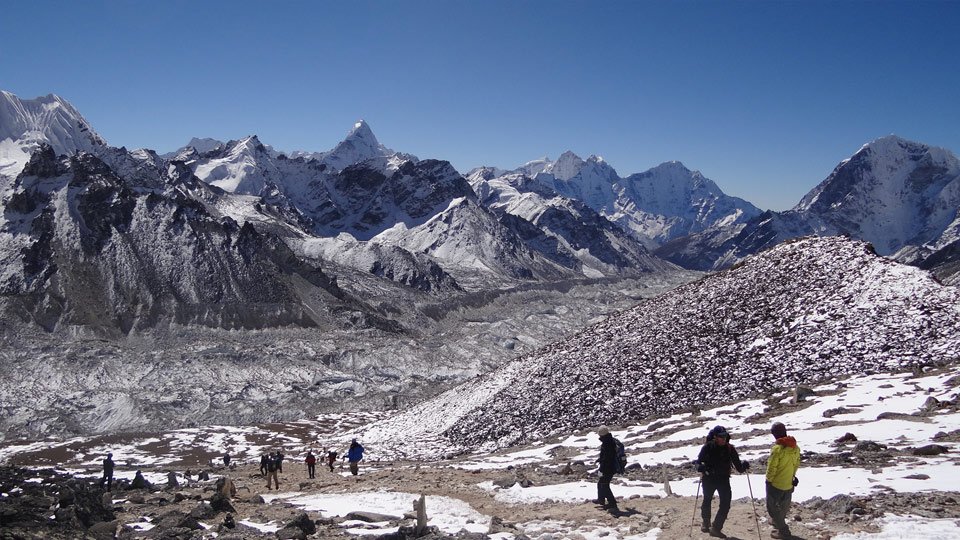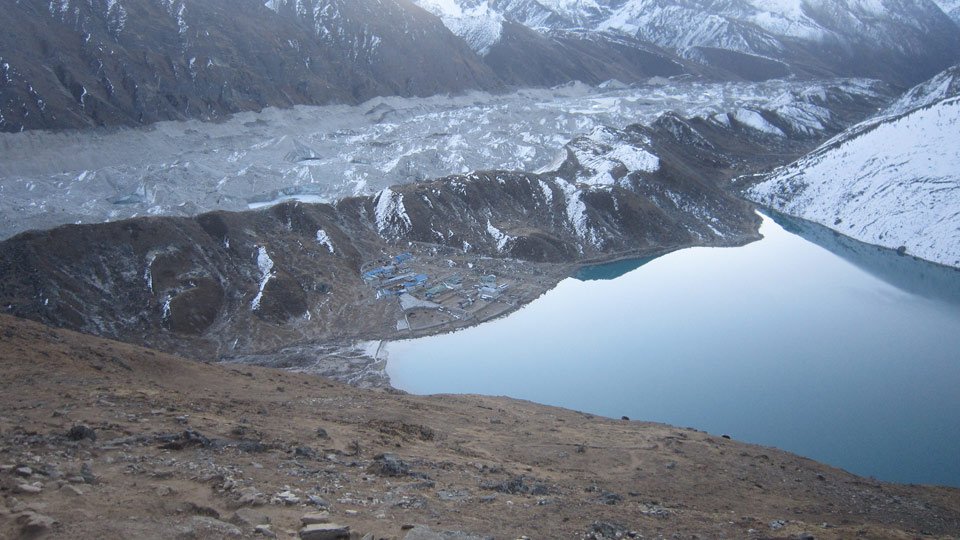Everest Three High Pass Trek – is adventurous trekking to Everest region is very famous trekking offers dramatic views of several mighty Himalayan peaks. Additionally gives the real taste of highland life style with panoramic views of world’s highest mountain peaks, glaciers and hills.
Highlights of Everest Three High Pass Treks
- Gentle trekking in the Everest National Park
- Stay in comfort and style at Local trekking lodges
- Watching dawn break over Mt Everest, Lhotse, Amadablam, Pumori, Nuptse, Thamsekhu
- Discovering Nepali village life as you walk from lodge to lodge
Best Selling Trekking Packages in Everest Region
Overview
The Everest Three High Pass trek links the Everest Base Camp and Gokyo Lake Trek with three major high passes crossing. This high passes trek in the Himalayas is panned in anticlockwise direction by visiting the EBC first and crossing the passes on by one to reach the famous Gokyo Lake.
The Everest High Passes Trekking Route
From Lukla, this Everest High Passes trek leads to Namche Bazaar for a rest and acclimatization day; visit the Sherpa village of Khumjung. The eastern arm adds a trek up to Chhukhung for two acclimatization nights and add a walk to Chhukhung Ri or to the Island Peak Base Camp for views over and beyond the Lhotse and Ama Dablam glaciers.
Then conquer the Kongma La (5535m), en-route to Lobuche and Everest Base Camp. Return to Duglha and take the long route up the Cho La (5368m) and steep descent to Thangnak. Cross the Ngozumpa Glacier and head for Gokyo: and a rest day (climb Gokyo Ri for superb views of Nepal’s longest glacier and of Cho Oyo and the Everest group.
The western section includes the steep ascent to the Renjo La, some four hours above the lake for stupendous views of the valley and glacier below and numerous high ridges crowned by the Everest Group including the northwest face of Everest. The descent to Marulung faces new dramatic landscapes. Below this village, the trail joins an old Tibetan salt route and continues to Thame and then back to Namche Bazaar; and on to Lukla for your flight to Kathmandu.
Best Time for Everest High Pass Trekking
The Everest high pass trek is best in spring and autumn season of Nepal. The spring falls under the month of March to May and autumn falls under the months of September to December. In these months the weather is cool and easy for walking long days. Days are warm and no much rain.
Who Can Trek?
The trekking needs some previous experience of hiking in the high altitude. All the three passes are high about 5000 meters. Kongma La (5535m, Cho La (5368m) and Renjo La Pass (5360 m) are the highlights of this trekking. Another highest point of this trekking is Kalapathar (5545m) from where you will enjoy the panoramic view of Mount Everest and other several peaks. The trekking route is less crowded and possible to trek clockwise and anticlockwise direction.
Our professional and experienced trekking guide will leads you in the adventure route of Everest 3 high pass in safe and comfortable way.
Outline Itinerary
| Day | Program | Elevation |
|---|---|---|
| 1 | Fly Kathmandu – Lukla and trek to Phakding , 35 minutes airstrip and 3-4 hrs trek. | 2562m |
| 2 | Phakding – Namche Bazaar , 6-7 hrs | 3440m |
| 3 | Acclimatization Day – Namche Bazaar | 3440m |
| 4 | Namche Bazzar – Tengboche , 5-6 hrs | 3870m |
| 5 | Tengboche – Dingboche , 5-6 hrs | 4360m |
| 6 | Dingboche – Chhukung , 3-4 hrs | 4730m |
| 7 | Rest and acclimatization day in chhukung | 4730m |
| 8 | Chhukung – Kongma La – Lobuche , 9-10 hrs | 5535m-4940m |
| 9 | Lobuche-Gorak Shep -Everest Base Camp -Gorak Shep : 8-10 hrs | 5160m-5364m |
| 10 | Gorak Shep – Kala Pathar – Dzonglha , 8-10 hrs | 5545m-4830m |
| 11 | Dzonglha-Cho La -Thangnak -Gokyo , 9-10 hrs | 5420m-4800m |
| 12 | Rest and explore Gokyo Ri | 5357m |
| 13 | Gokyo – Renjo La – Marlung , 8-9 hrs | 5345m-4210m |
| 14 | Marlung – Namche Bazzar, 8-9 hours | 3440m |
| 15 | Namche Bazzar – Lukla, 7-8 hrs | 2780m |
| 16 | Lukla – Kathmandu by Air , 35 minutes airstrip | 1330m |






